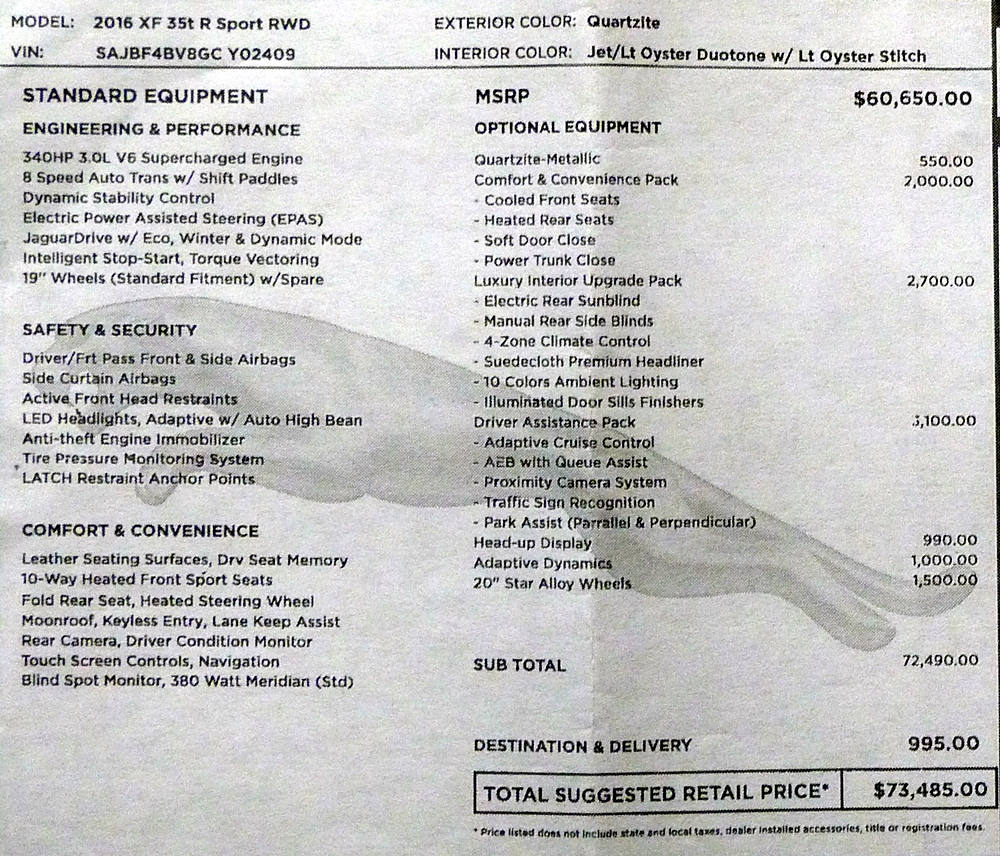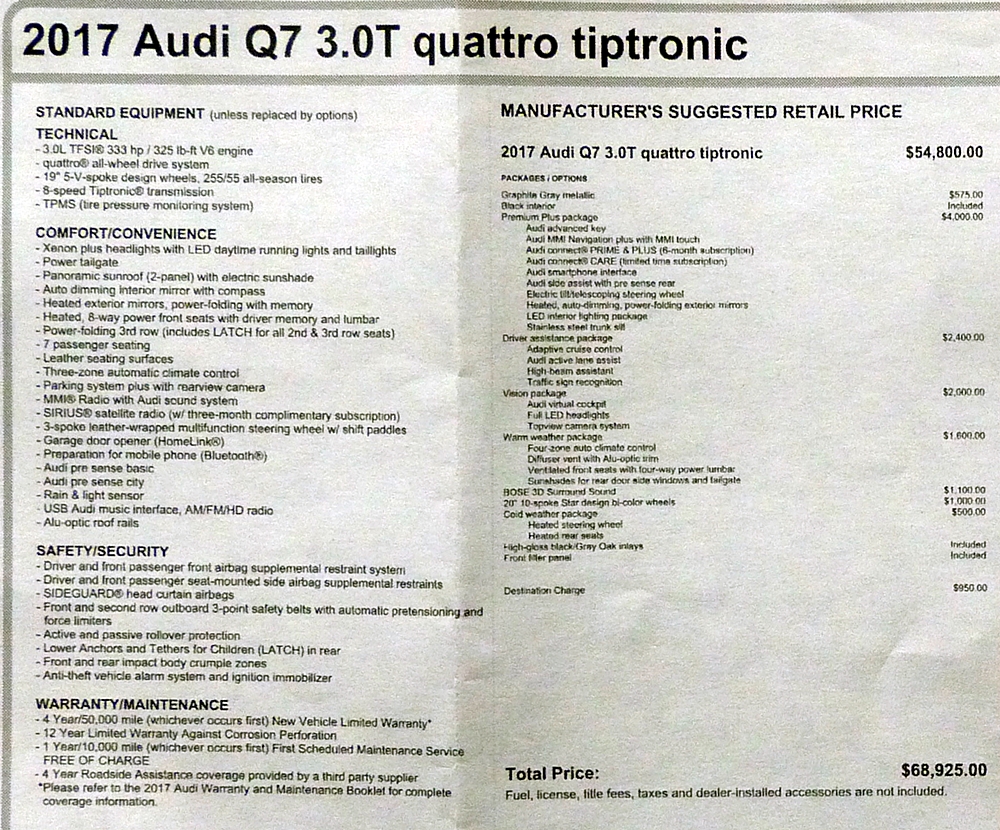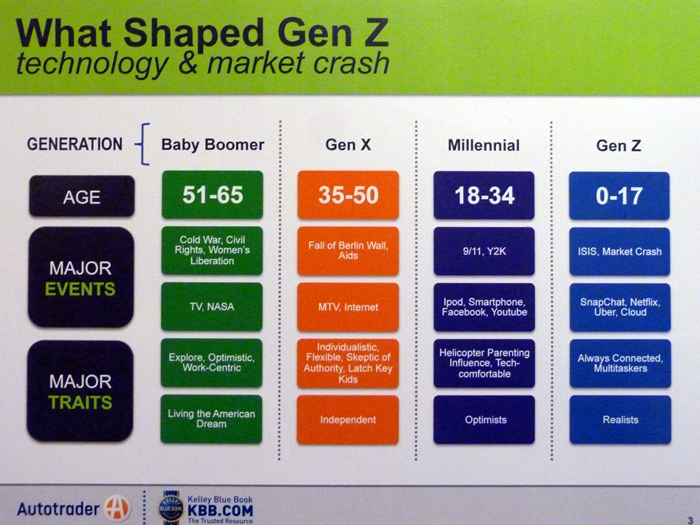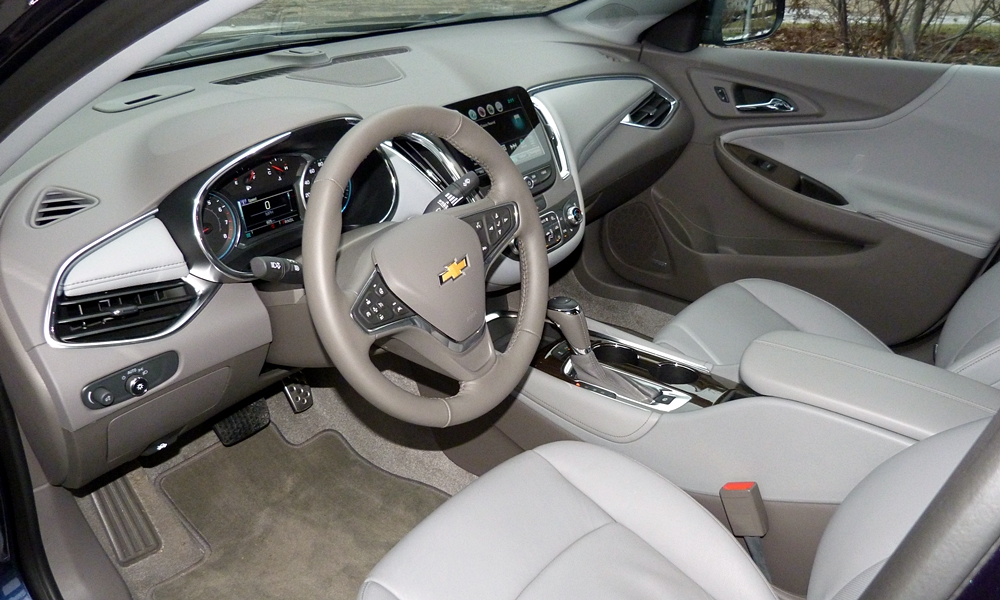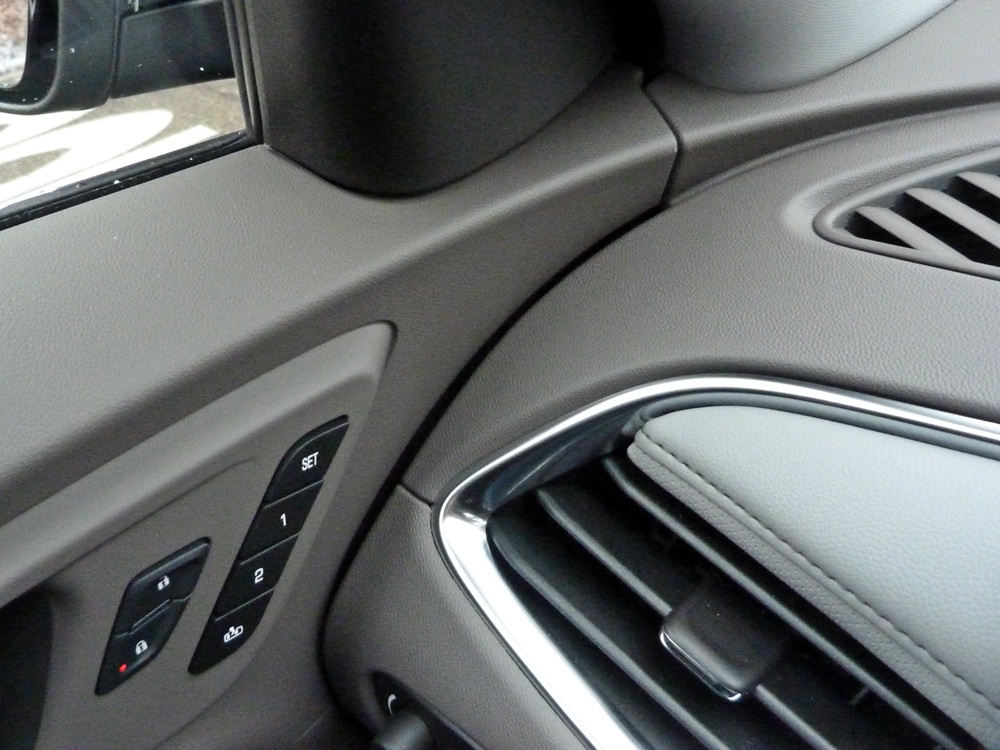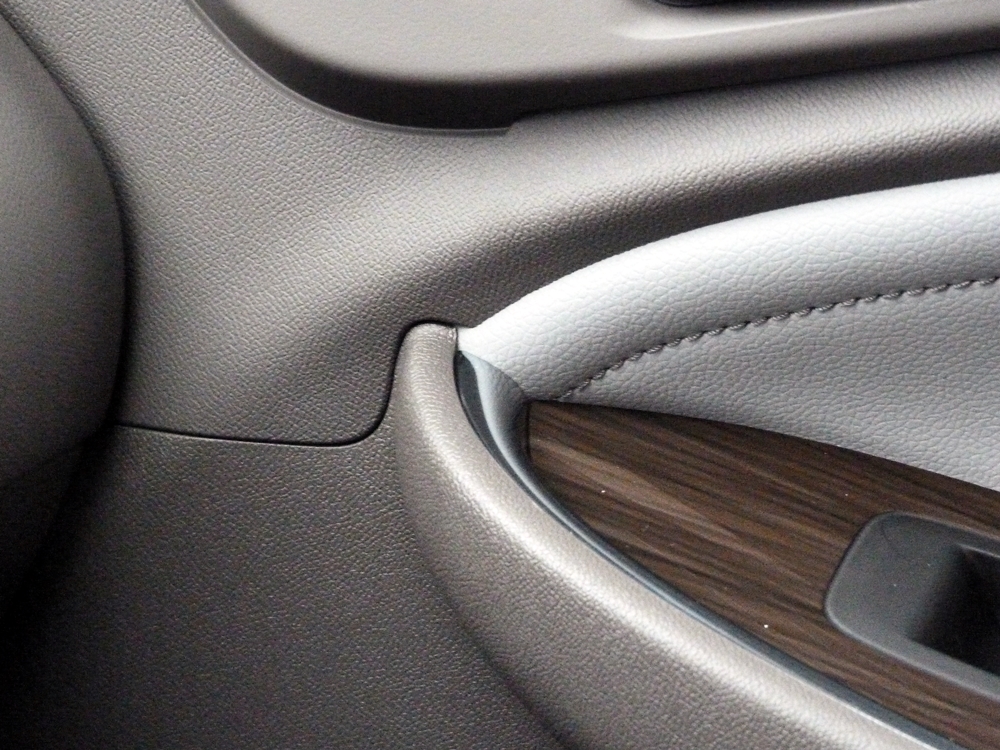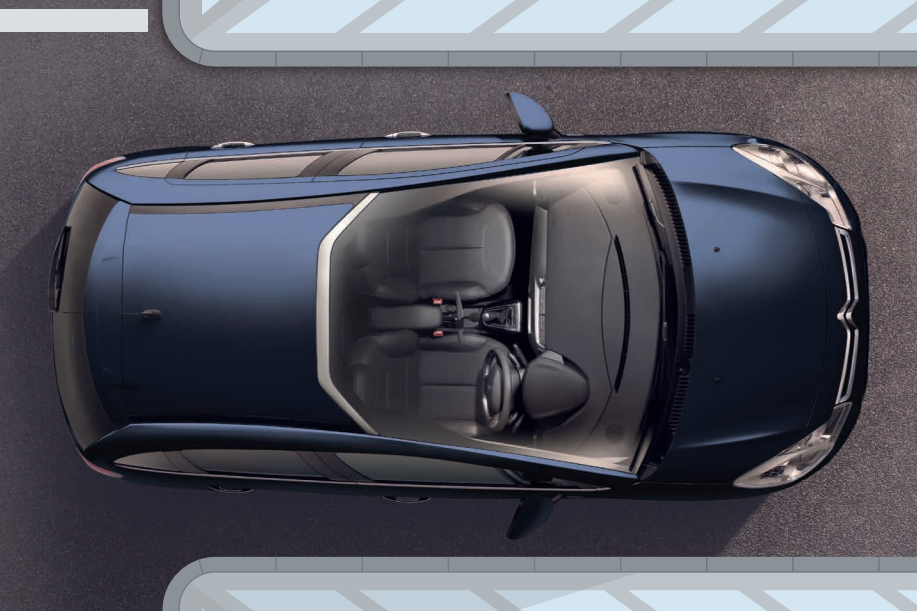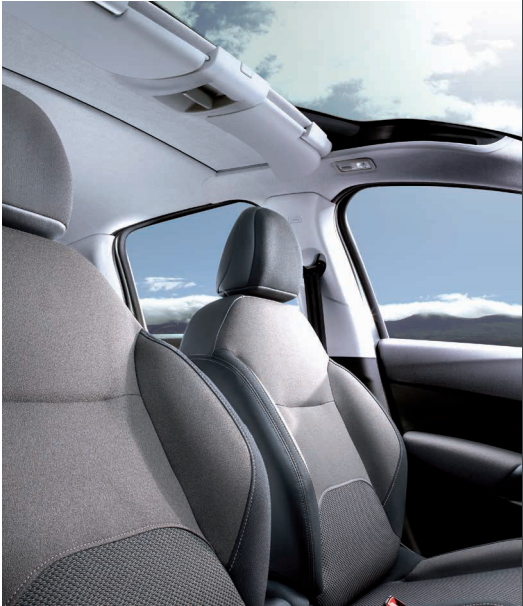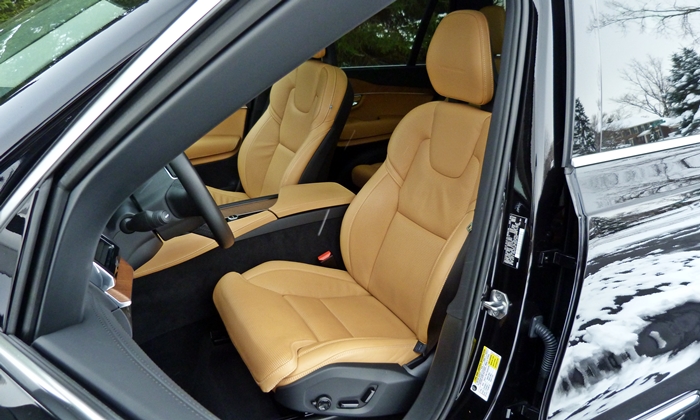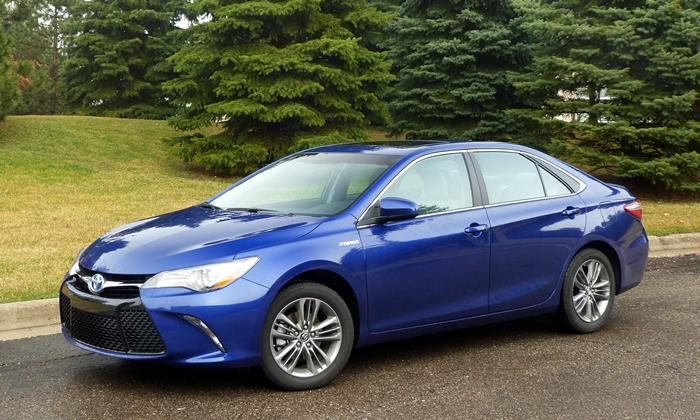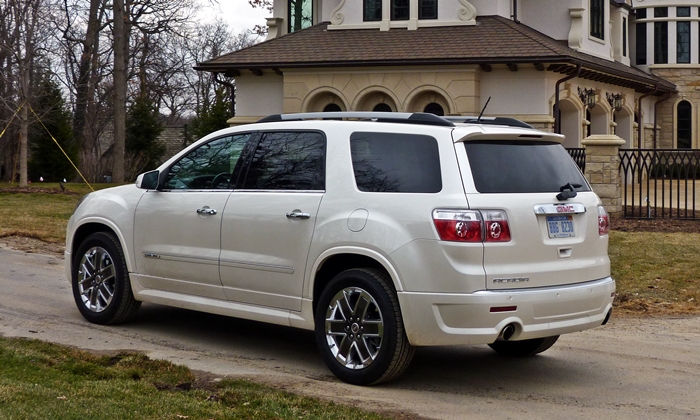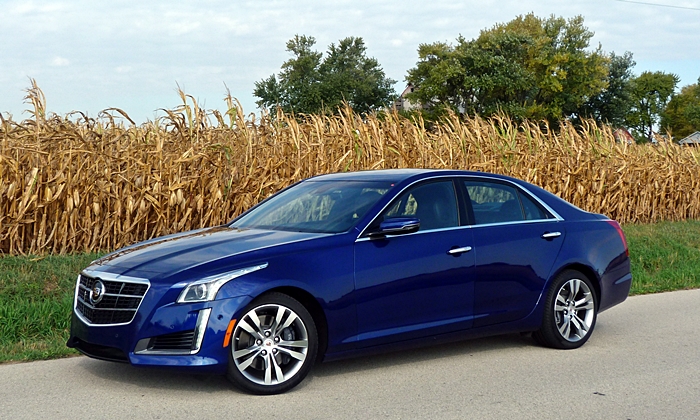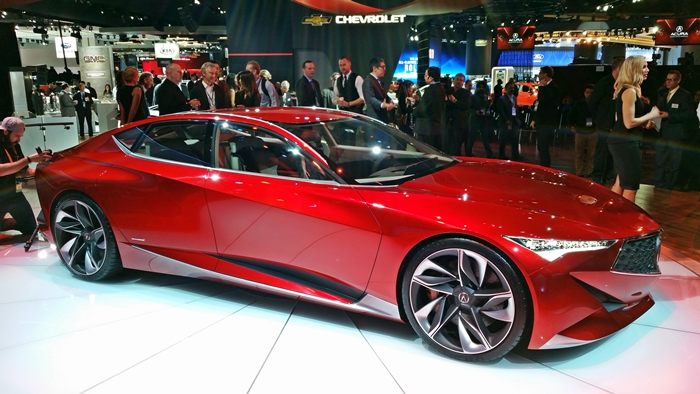
Acura
Acura revealed the Precision concept. Though there’s virtually no chance that they’ll actually produce a car like it, hopefully Acura’s future production sedans borrow heavily from its styling and aggressively sporty character. Currently their styling is stodgy and boring and they don’t feel nearly as sporty as some past Acuras. cars more like this concept would get Acura back on car buyers’ radar. The woman standing near the hood in the above photo? She’s designed the exterior.
Audi
The new A4 is much like the old A4, just with leaner surfacing and highly configurable LCD instrumentation much like I recently enjoyed in the TT.
BMW
Maybe not here, either. The new M2, with a 365-horsepower engine, will likely be more fun to drive than any other current BMW. But the formula remains much the same as it has been.
Buick
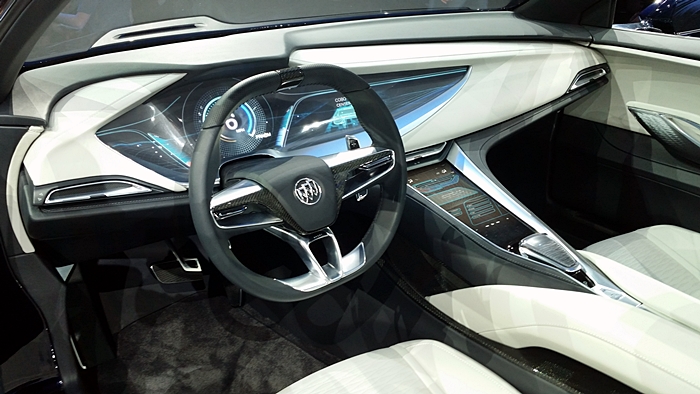
Buick revealed a concept coupe, the Avista, that excited everyone with an interior at least as stylish as its exterior. It’s just a concept for now, but there’s a chance GM will decide to build it, or something like it. Could they possibly build a pillar-less hardtop, something GM hasn’t done in decades? One wouldn’t be a technical challenge, as the same platform is used for the Camaro convertible. But due to cost and other factors only Mercedes has offered such a car in recent memory.
Buick also displayed the Envision compact SUV, similar in size to the Acura RDX and Lincoln MKC. For what it is, it should be quite good. But it’s most notable for being imported from China.
Cadillac
This was my first opportunity to sit in the new CT6 sedan and XT5 crossover. I don’t care much for the exterior or interior styling of either. The CT6 exterior looks too plain, almost like a decade-old Toyota Avalon. The XT5’s face strikes me as ugly. Inside, both have instrument panels that appear under-designed in places. Plus the XT5 has a very tall, very deep dash–not good for the view forward. Luckily, they could drive much better than they look.
Chevrolet
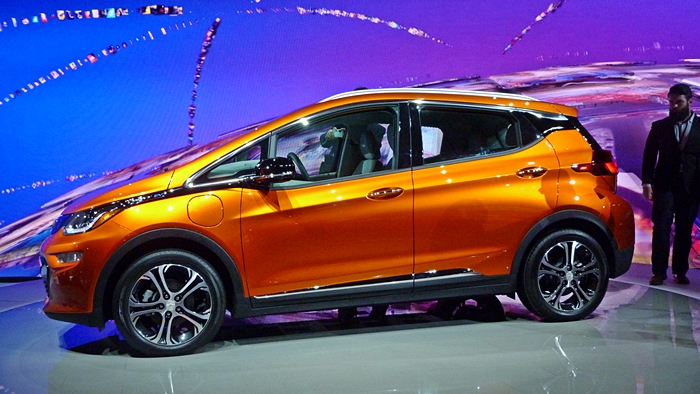
Chevrolet displayed the Bolt electric vehicle, which was revealed the week before at CES. With a 200-mile range, quick acceleration, and an after-tax-credit price around $30,000, the Bolt could be the “EV for the masses” Tesla has been promising, but won’t deliver until much later. But the name sounds much like “Bolt,” and will cause much confusion.
Chevrolet also announced that the new Cruz would be offered as a hatchback as well as a sedan in North America. The car looks much better than the current Cruz, its interior could be the best in the class, and rear legroom is now competitive. I’m looking forward to testing this one. Hopefully Chevrolet later offers a performance variant to compete with the Focus ST.
Oh, I also sat in the new Camaro. In response to widespread complaints that the previous generation coupe was too hard to see out of, Chevrolet made the new one even harder to see out of. The windshield is little more than a slit.
Chrysler
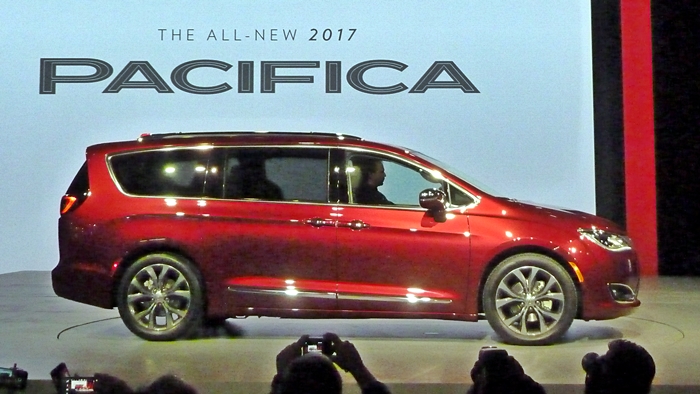
Chrysler revealed a fully redesigned minivan. Both exterior and interior styling are much improved, if not quite as sporty as those of the Kia Sedona. The sliding door track is once again semi-concealed directly beneath the side window, which looks good but results in a smaller door opening. The new interior seemed roomier, but still not as roomy as the Odyssey and Sienna.
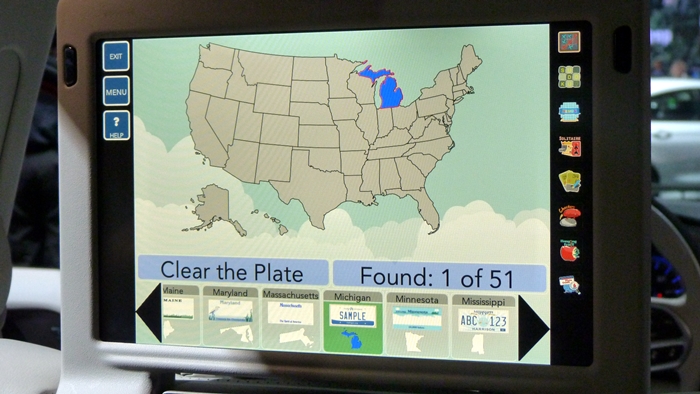
Innovative features include a rear seat entertainment system with two 10-inch screens and some built-in games, such as the license plate game and checkers. These can be played in one- or two-player mode. At first I thought this was merely a gimmick, but in practice it’s quite neat. The most puzzling thing about the new minivan: it will be called “Pacifica” rather than “Town & Country.”
Ford
Ford reveled an updated 2017 Fusion. A “all-new interior” is much like the old interior, but with a rotary shift knob. Additions to the line include a new Platinum trim level with interior materials worthy of a Lincoln and a 325-horsepower all-wheel-drive Sport variant. The latter could be a lot of fun to drive.
Genesis
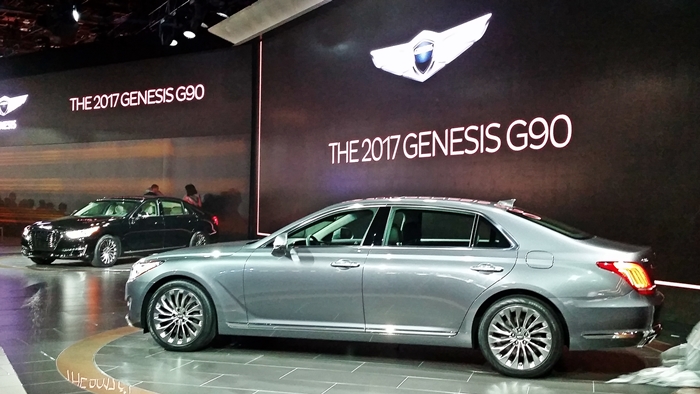
Beginning with the 2017 model year, Hyundai will sell its upscale cars under a separate Genesis brand. The current Genesis, an excellent luxury sedan for the money, will become the G80. Genesis revealed the new G90, which replaces the Equus. Though the styling is a bit stodgy, and the interior is perhaps a generation behind Mercedes in styling and features, it will likely be a very good car for what it costs, if not quite the near-bargain the G80 is. A 365-horsepower turbocharged 3.3-liter V6 will replace the current 311-horsepower 3.8-liter V6. A 420-horsepower V8 will still be offered, and with all-wheel drive as well as rear-wheel drive, but won’t make much sense given the new, nearly as powerful, far more efficient V6.
GMC
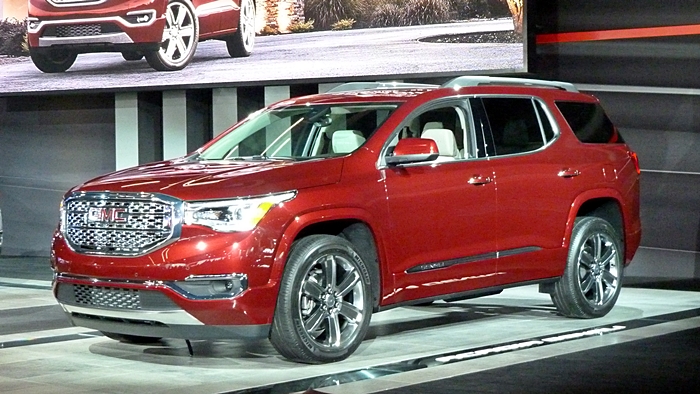
GMC revealed the 2017 Acadia. The crossover seems well-executed, with comfortable seating in the first two rows. But, about the same size as a Toyota Highlander, it’s much smaller than the 2007-2016 Acadia. Towing capacity is 4,000 rather than 5,200 lbs. GMC sold 96,000 Acadias last year. Will these people, many of whom were attracted by the current vehicle’s size, be willing to trade for something much smaller? Especially if gas remains under $2, this seems a risky move, perhaps the riskiest of the show.
Honda
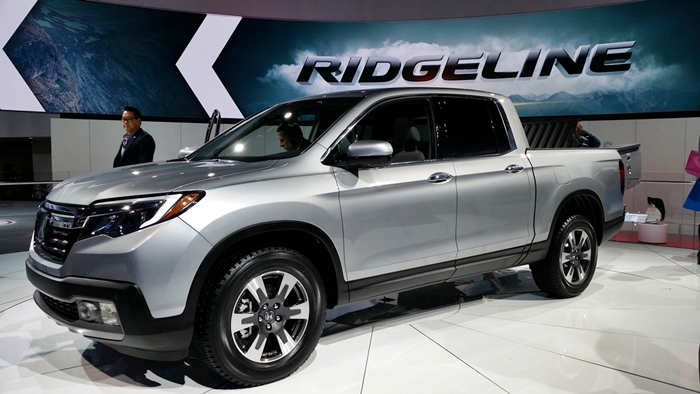
Honda revealed a second-generation Ridgeline pickup. Overall, I like the concept of a car-like pickup for people who don’t need a hardcore truck. The bed includes many innovative features. But the styling does nothing for me. I especially don’t like the cut-line added between the cab and the bad to make it look like they might be separate, and thus like those of a conventional pickup. Unlike the first Ridgeline, this one will be offered with front-wheel drive as well as with rear-wheel drive.
Infiniti

Infiniti revealed the new G60 coupe. Stylish, but an evolution of previous G coupes, no surprises. As seems to be becoming the luxury car norm, the top engine will be a 400-horsepower turbocharged 3.0-liter V6.
Lexus
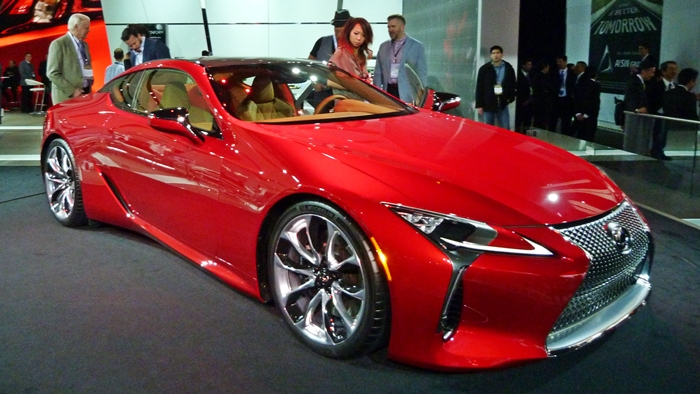
Lexus surprised everyone by announcing that it would be producing 2012’s LF-LC concept with minimal changes as the 2017 LC 500. Everyone loves the styling, and most even think the spindle grille works in this context. Personally, I don’t get too excited about cars that will sell in small numbers for prices in the six figures.
Lincoln
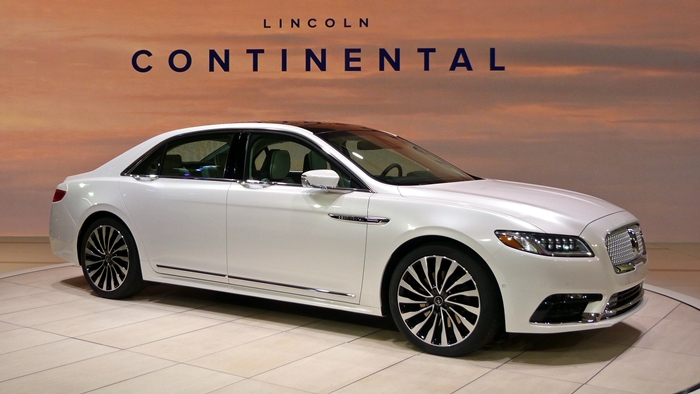
Lincoln revealed the production version of the 2017 continental. Compared to the concept revealed last year, the production car has flatter body sides, with less flare to their fenders, and a consequently stodgier appearance. Most auto writers seemed mildly disappointed. One downside surprise: passengers over 5-11 could find rear headroom insufficient. Highly adjustable front seats are a plus, though, and I was pleased to see that door handles integrated into the belt line trim made the transition to production. The engine will be a 400-horsepower turbocharged 3.0–liter V6.
This was also my first chance to see the updated 2017 MKZ sedan. My least favorite part of the interior, the plastic facing for the center stack and center console, has been replaced by what looks and feels like real corrugated aluminum. A huge improvement, especially in the Black Label interior. The MKZ will also be available with the new 400-horsepower engine.
Mercedes-Benz
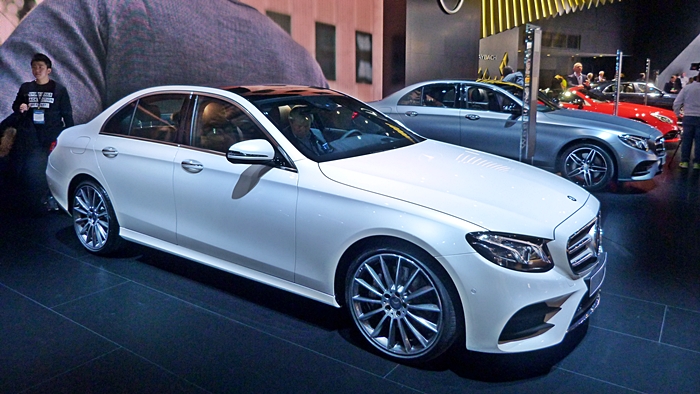
Mercedes-Benz revealed the new E-Class. It’s much like the latest C-Class and S-Class, just between them in size. So the exterior styling is tasteful and the interior seems packed full of the latest and greatest materials and electronics. No one can pack an interior with visual punch the way Mercedes can lately; the cars look and feel at least as expensive as they are inside. Audi interiors can still be more artful, but their style is more subtle.
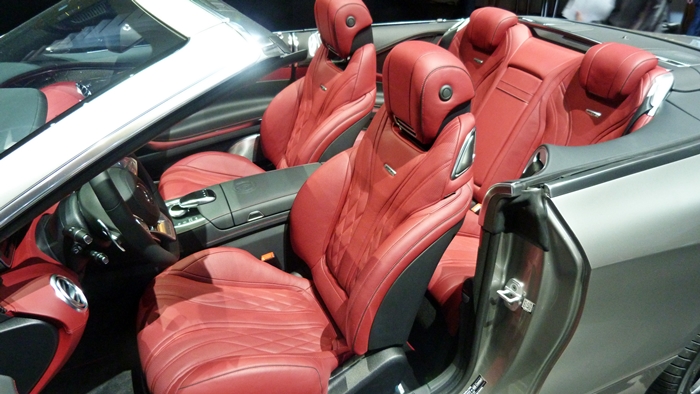
Mercedes also displayed the new S-Class cabriolet. A huge convertible, it nevertheless has a tight rear seat. It looks and feels like big money, though, which is perhaps the entire point. Check out these seats.
Toyota
This was my first chance to see the redesigned 2016 Prius in person. Technically it might be excellent, but I find the exterior unattractive and the interior cheap. If the new Chevrolet Volt proves reliable, I’d much prefer it.
Volvo
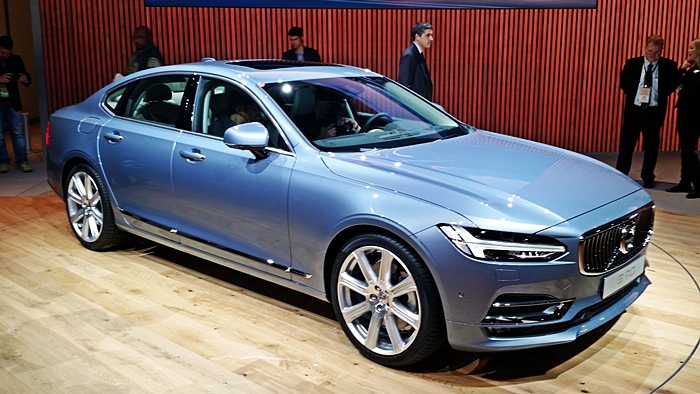
Volvo displayed the new S90 sedan. Much like the new XC90, just in sedan form, virtually everyone loved it. Very stylish in the tasteful Swedish way, with a warm, luxurious, tech-filled interior.
